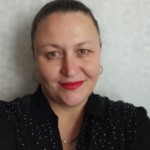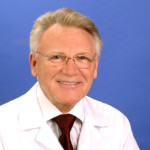Achievements
- 3500 operations for ligation of a cerebral aneurysm and spiral embolization of a cerebral aneurysm.
- 200 deep brain stimulation (DBS) surgeries for Parkinson’s disease and about 2500 gamma knife surgeries.
- 1000 cases of brain tumor surgery in adults and children annually.
- State of the art devices for navigating the brain during surgery and the first use of intraoperative MRI in Asia.
- Operations are actively performed for intractable epilepsy, congenital deformities of the brain, spine, hydrocephalus, cerebrovascular deformities, and injuries.
- About 3,500 operations for diseases of the brain and spinal cord are recorded annually.



